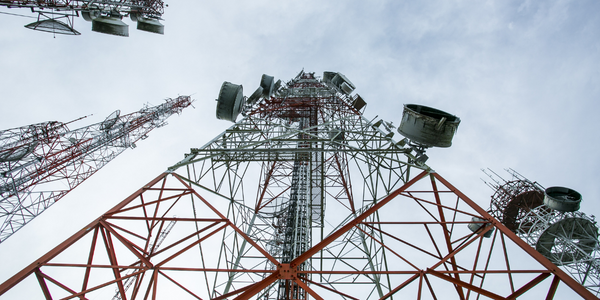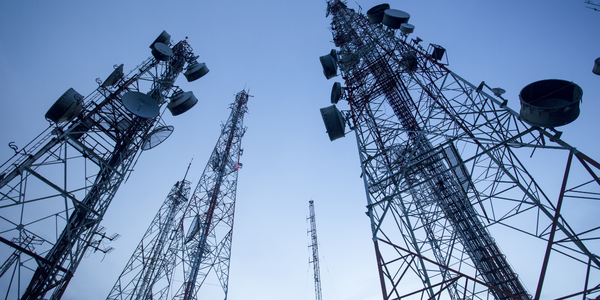Enhancing User Verification and Trust in BlaBlaCar with Vonage SMS API and Two-Factor Authentication
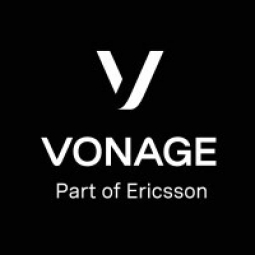
Technology Category
- Cybersecurity & Privacy - Identity & Authentication Management
- Platform as a Service (PaaS) - Application Development Platforms
Applicable Industries
- Cement
- Telecommunications
Applicable Functions
- Logistics & Transportation
- Quality Assurance
Use Cases
- Last Mile Delivery
- Voice Biometrics
Services
- System Integration
About The Customer
BlaBlaCar is a long-distance carpooling platform that connects drivers traveling long distances with empty seats to passengers looking for a ride. Founded in 2006, the company has grown from its humble beginnings in France to become the world’s leading carpooling platform, servicing over 18 million travelers every quarter in 22 countries. In 2018, BlaBlaCar introduced its new short-distance, commuter carpooling service, BlaBlaLines. The company boasts a membership of over 70 million users, which is 10 million more than Uber’s global user base and 3 million more passengers than British Airways handles each year.
The Challenge
BlaBlaCar, the world’s leading long-distance carpooling platform, faced a significant challenge in user verification. The company needed a reliable method to weed out fraudulent registrants and build a peer-to-peer trust community at scale. This was crucial to ensure the safety and security of both drivers and passengers using the platform. Additionally, BlaBlaCar aimed to increase their conversion rates for mobile verifications to ensure consistent user acquisition. The challenge was further compounded by the company's rapid international expansion, which required a solution that could provide wider coverage in the regions they were expanding into.
The Solution
BlaBlaCar turned to Vonage and its SMS API with two-factor authentication to address their user verification challenge. The Vonage SMS API allowed BlaBlaCar to send SMS messages quickly and reliably, thereby achieving significantly higher verification success rates. Unlike other vendors that rely on delivery receipts to determine the quality of message transactions, Vonage offers adaptive routing technology that analyzes millions of conversions and determines the highest performing routes in real-time. This technology was instrumental in supporting BlaBlaCar's international expansion needs, providing the necessary reach into the countries where the company was expanding. Furthermore, the two-factor authentication provided an additional layer of security, further bolstering user trust in the platform.
Operational Impact
Quantitative Benefit

Case Study missing?
Start adding your own!
Register with your work email and create a new case study profile for your business.
Related Case Studies.

Case Study
System 800xA at Indian Cement Plants
Chettinad Cement recognized that further efficiencies could be achieved in its cement manufacturing process. It looked to investing in comprehensive operational and control technologies to manage and derive productivity and energy efficiency gains from the assets on Line 2, their second plant in India.
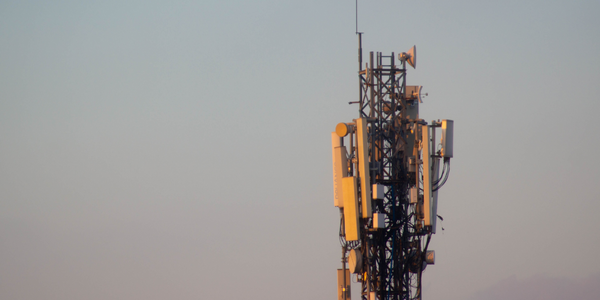
Case Study
Vodafone Hosted On AWS
Vodafone found that traffic for the applications peak during the four-month period when the international cricket season is at its height in Australia. During the 2011/2012 cricket season, 700,000 consumers downloaded the Cricket Live Australia application. Vodafone needed to be able to meet customer demand, but didn’t want to invest in additional resources that would be underutilized during cricket’s off-season.
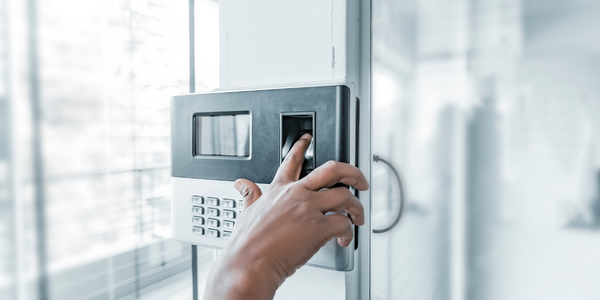
Case Study
SKT, Construction of Smart Office Environment
SK T-Tower is the headquarters of SK Telecom. Inside the building, different types of mobile devices, such as laptops, smartphones and tablets, are in use, and with the increase in WLAN traffic and the use of quality multimedia data, the volume of wireless data sees an explosive growth. Users want limitless Internet access in various places in addition to designated areas.






